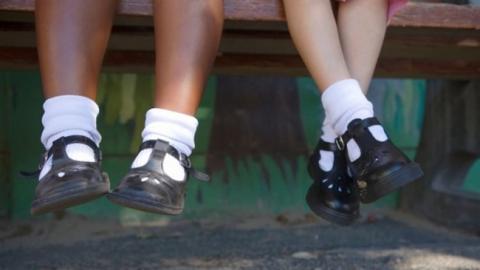
‘Shoeless’ children are more likely to arrive to school earlier, leave later and read more, according to new research by Bournemouth University.
According to the Telegraph, researchers have observed tens of thousands of children who leave their shoes outside the classroom and found that pupils are more engaged in their lessons, which in turn leads to better academic attainment.
The research is in line with policies introduced in schools in England where children who go to class shoeless — following the steps of schools in Scandinavia in an effort to improve their academic standards and behavior.
The study is based on observing and studying tens of thousands of children in over 100 schools in around 25 countries over the last ten years.
Apart from countries in Scandinavia, researchers have visited schools in New Zealand and Australia. The longest project has taken place in West London where children’s behavior and academic results were analyzed all the way through to university.
For decades children in northern Europe have learned with their shoes off because they are left at the school door arrival due to snow, ice or slush.
And now academics are calling on teachers in England to apply similar ‘shoeless’ policies to give children the best possible chance of performing in their exams.
Experts believe having children with no shoes in the classroom improves their learning because it makes them ‘feel at home’ and more relaxed when learning.
Stephen Heppell, lead researcher and professor at the Center for Excellence in Media Practice at Bournemouth University, said: “Children are much more willing to sit on the floor and relax if they have no shoes on.
“The last place a child would sit to read is an upright chair and we’ve found that 95 percent of them actually don’t read on a chair at home. When they go on holidays the read lying down.
“Having conditions in the classroom that are like those at home means that more boys are reading in the classroom.
“In shoeless schools children also arrive earlier and leave later, which translates into half an hour of extra learning a day on average.”
Wearing no shoes also means the cleaning bill decreased by 27 percent and schools need to spend less money on furniture because they don’t need to buy a chair and a table for every child as they can sit on the floor.
